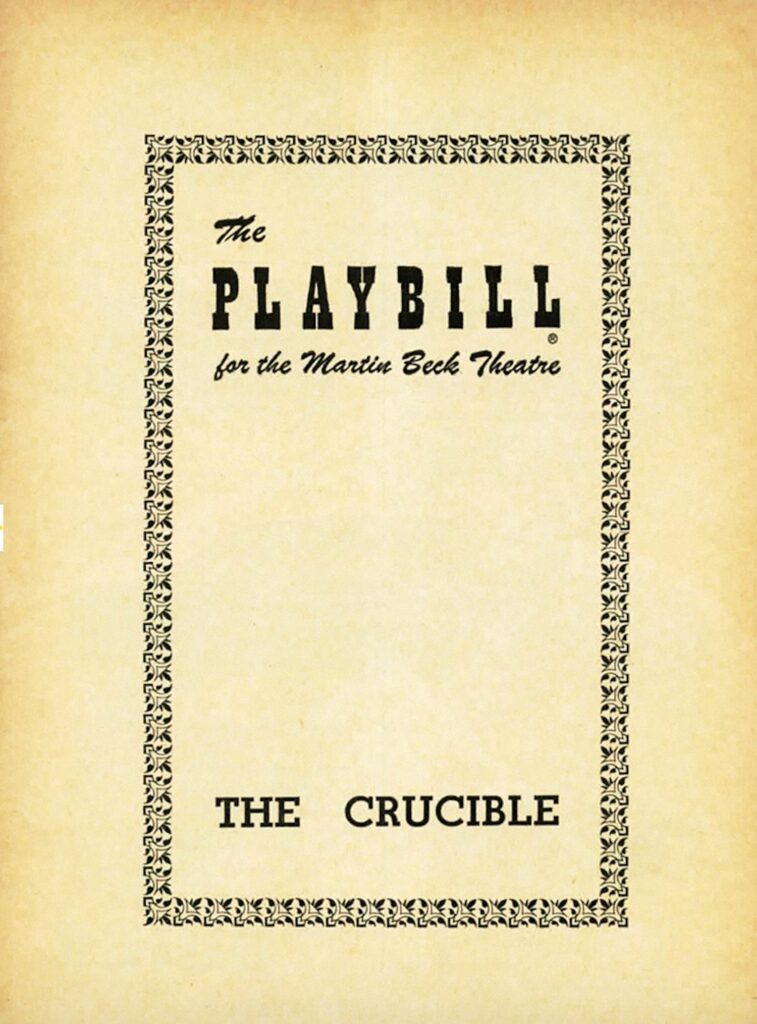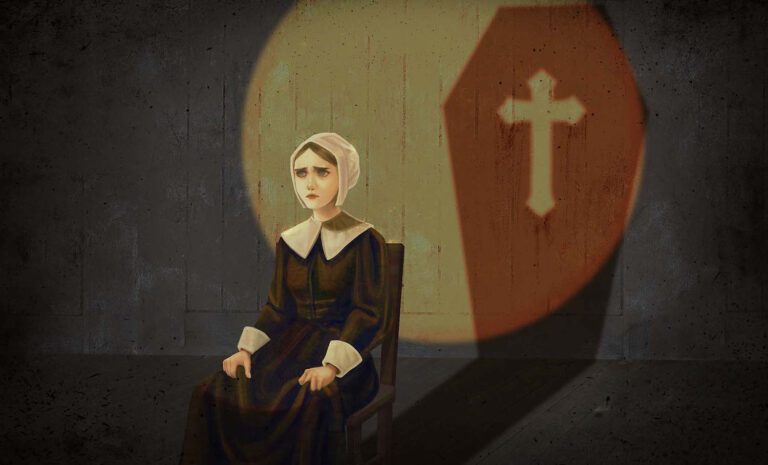The power and relevance of Arthur Miller’s The Crucible has been cemented not just by its continuing influence, but also, on the 70th anniversary of its Broadway premiere, simply by time.
Miller’s exploration of the dangers of hysteria and fear, and commentary on the conflict between social order and individual freedom is focused through the lens of the Salem Witch Trials, even if he was really taking a swing at the McCarthyism afflicting the country.
Opening night in January of 1953 at the Martin Beck Theatre on Broadway was met with mostly negative reviews, but critics and audiences eventually caught up to Miller, and The Crucible won the Tony Award for best play that year. The success of another production a year later, made The Crucible a classic.
Miller’s work began to resonate. The various characters vilify each other for their own personal gain, exploiting the fear of society into a weapon capable of unspeakable destruction. This cyclical phenomenon allowed the lines between fact and fiction to be blurred, causing people to fear being accused, and as a result, accuse others. It was a sickening game of tag, a mad rush to identify the “other” before all fingers pointed to you.
The concepts that Miller’s play explores are far from simply fiction. Fear of the unknown is something society finds itself met with time and time again, and often we allow it to drive us to irrational decisions and dangerous conclusions. It is for this reason that we as a society hold on tightly to the words of Arthur Miller, adapting his novel across platforms such as the stage and the screen.
The Crucible has since been performed all over the county. Broadway revivals in 2002 and 2016 were big successes. It’s been adapted into two films, and a recorded performance of a stage production was also distributed as a film. The play has also been presented several times on television, spreading the reach of Miller’s play even farther.
Miller’s allegory has lasted because he holds up a mirror to the audience. A mirror in which we see ourselves reflected. He creates a sort of healthy discomfort, allowing the audience to walk away having both learned and reflected. Ultimately, Arthur Miller’s The Crucible was a widely impactful work that revolutionized our society’s understanding of the collision between the unknown, social order, and individual freedom.


